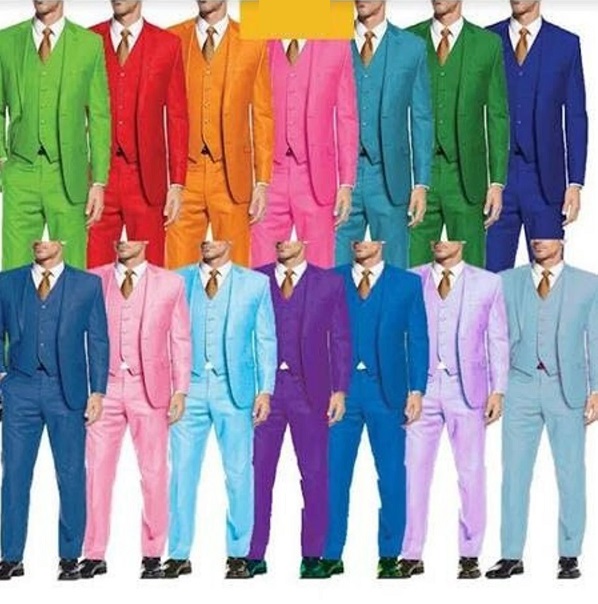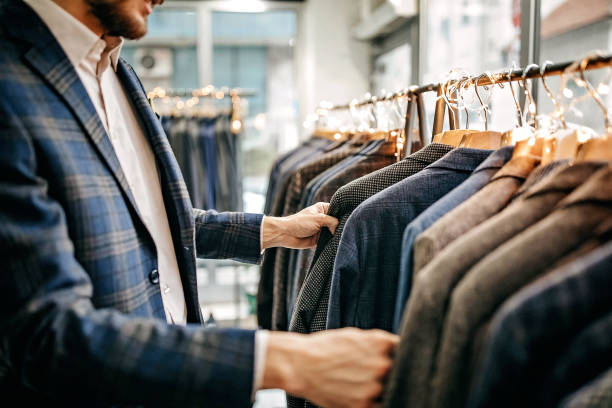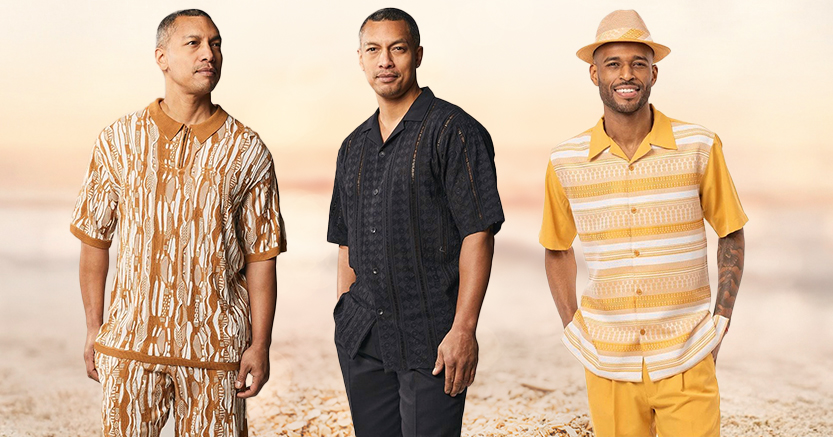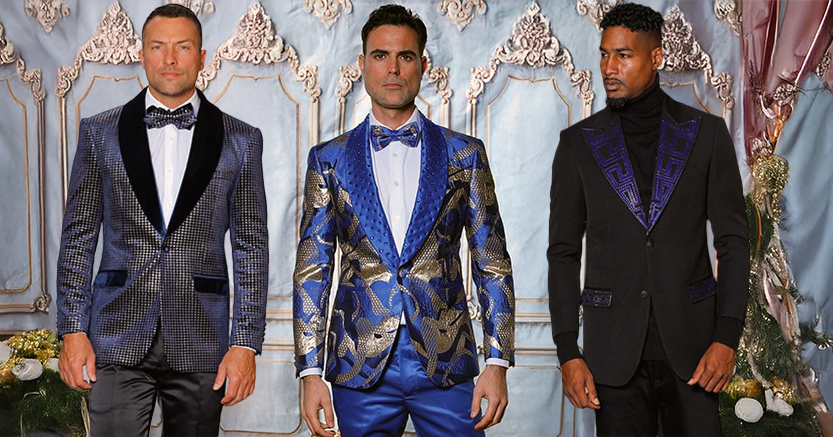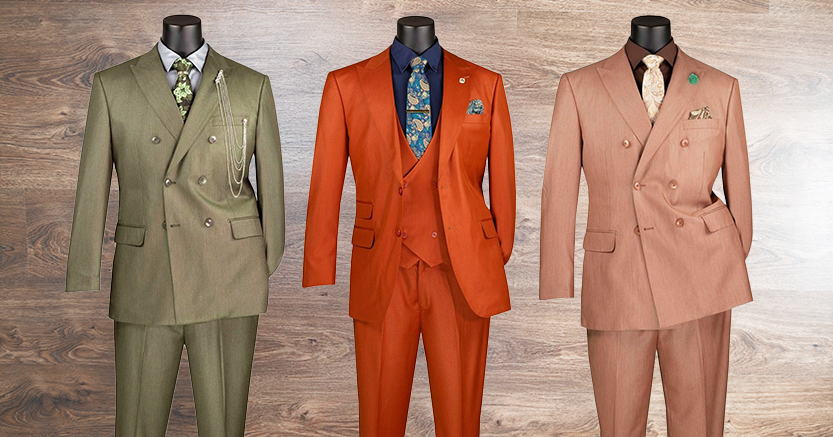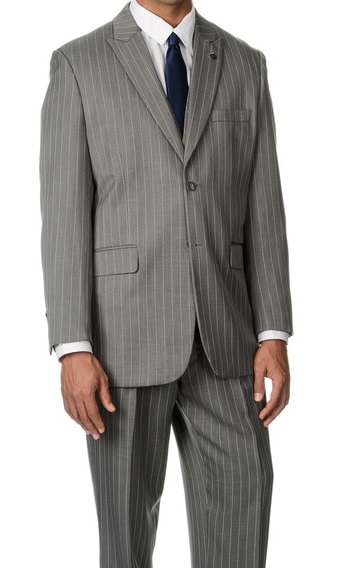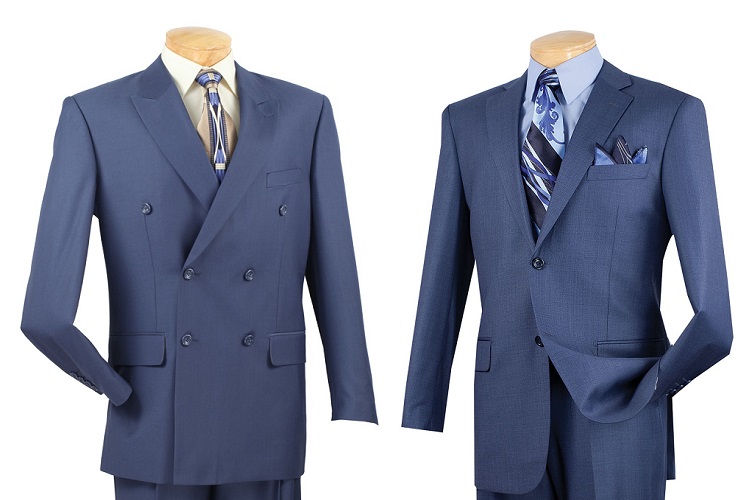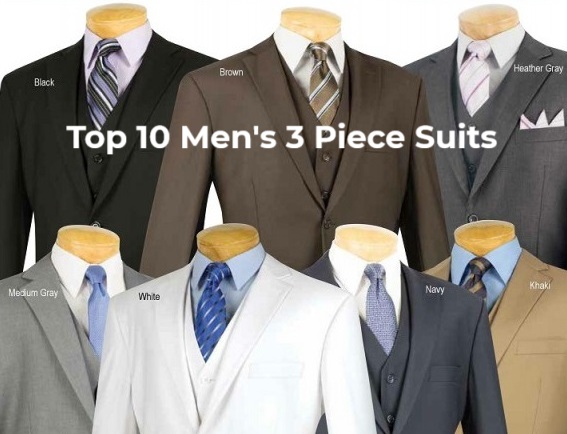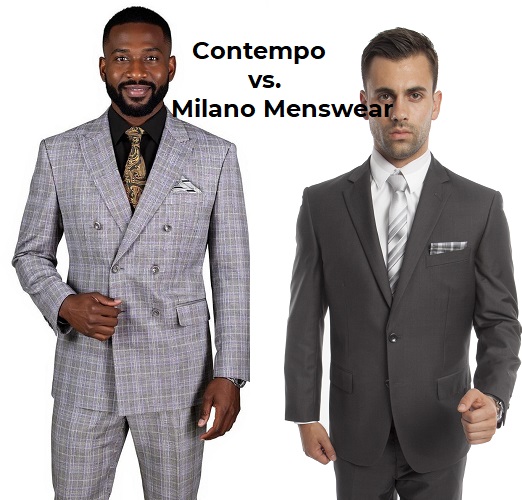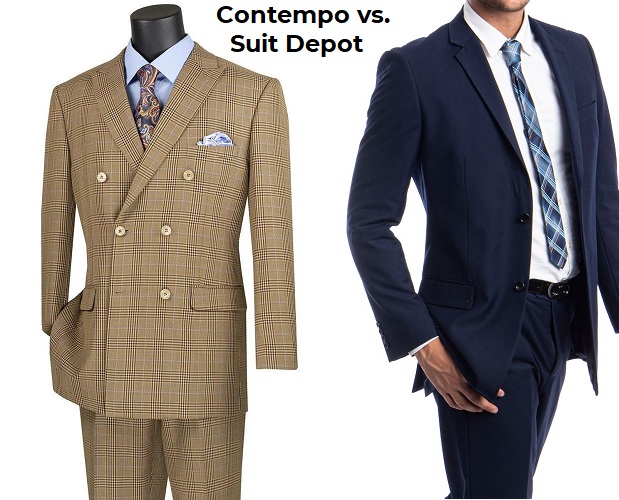Oct 08, 2025
Comparing Patterns: Windowpane, Glen, and Check Men’s Plaid Suits
Choosing the appropriate plaid pattern of suit is not just a matter of personal taste, but also influences your level of fashion and professionalism. Various patterns carry varied tones, as bold and eye-catching, to muted and sophisticated. Whether you are at a business meeting, formal or even a casual party, it is good to know the features of both patterns to make the correct choice.
Patterns like windowpane, glen, and traditional checks each have unique histories, textures, and visual effects. With these differences in mind, you will be able to choose a suit that fits your figure, suits the event, and fits your personal style.
Breaking Down the Patterns
There are various types of plaid patterns, yet three predominant in the discussion are windowpane, glen and check. Each brings its own personality to a suit. You can usually find black suits for men that come in all of these designs.
- Windowpane: Such patterns are very bold, have large squares that are made up of equally spaced lines.
- Glen Plaid: Initially known as Prince of Wales, glen plaid is a combination of small and large checks, with subtle herringbone or twill textures. It is sophisticated, multi-purpose, and suitable for a business or semi-formal occasion.
- Check: This classic pattern comes in various scales, from small gingham-like checks to larger, more casual designs. Checks present a cordial, inviting appearance and would be ideal in creative or casual work environments.
Choosing the Right Mens Plaid Suits
Mens plaid suits are making a strong comeback in American fashion, especially in urban centers where office culture blends with streetwear influences. The key is scale, color, and contrast. Patterns on windowpanes, bigger patterns can stretch out the torso, making a skinny man look taller, and muted-color glen plaids communicate refinement and professionalism. Checks, meanwhile, work best in contrasting colors to create visual interest without overwhelming the wearer.
It’s also important to consider the jacket’s cut and fit. Slim or trendy cuts are suited with bold patterns, whereas classic cuts can offset rather subtle plaids. If you like to go big and bold, I strongly recommend looking at Tiglio suits. They offer wide leg style fashion suits with big bold patterns.
Fabrics and Seasonal Considerations
Patterned suits do not fit everybody. The most common plaid suit fabric is wool because of the structure, drape, and sharpness holding of the pattern. During winter, tweed is recommended and during summer or spring events, lightweight cotton or linen plaids would be suitable. Combining a plaid suit with the appropriate mens overcoats - consider camel, charcoal or navy overcoats, makes sure that your look stays sharp regardless of the weather.
Styling Tips for Each Pattern
- Windowpane: Pair with solid shirts and ties to let the pattern shine. Avoid mixing too many other patterns at once.
- Glen Plaid: Works well with subtle accessories like textured ties or pocket squares. Stick to muted color palettes for a polished, professional look.
- Check: This casual-friendly pattern can handle bolder colors and playful combinations. It’s a good entry point for men experimenting with patterned suits for the first time.
When it comes to shoes and belts, classic shades—brown, black, or oxblood—are safe bets. Layering a vest or waistcoat can also elevate the ensemble, especially with glen or windowpane suits.
Why Pattern Scale Matters
Pattern size can make a huge difference to your looks. Big patterns can fill up a smaller frame and small checks or delicate glen plaids may mix up on a taller man. It all depends on the balance: select a scale that compliments your physique as well as what you wish to convey. Patterns also influence the perceived formality: subtle glen plaids are more professional, and flashy windowpanes or bright checks are more fashionable.
Mixing Patterns Without Going Overboard
Combining patterns, such as a striped shirt with a plaid suit, is a matter of coordination. Wear one dominant pattern and secondary pattern on accessories; these are ties or pocket squares. Complementary rather than competing. For example, a thin-striped tie pairs nicely with a large windowpane suit, creating depth while keeping the look cohesive.
Key Takeaways
- Choose a plaid pattern depending on the event, your frame and your style.
- Scale, color, and fabric are crucial to a polished appearance.
- Combine with neutral or complementary mens overcoats to maintain cohesion.
- Accessories must complement and not rival the suit pattern.
Plaid suits aren’t just a trend—they’re a versatile, stylish option that can work for nearly every occasion when chosen thoughtfully.
FAQs
1. Can I wear windowpane suits in the office?
Yes, especially if the pattern is subtle and the colors muted. Larger patterns work better in creative or casual environments.
2. Are glen plaids formal enough for weddings?
Absolutely. Glen plaids in neutral tones are elegant, sophisticated, and appropriate for formal and semi-formal events.
3. How do I choose the right check size for my body type?
Smaller patterns suit taller, broader men, while larger patterns flatter slimmer or shorter frames.
4. Can I mix plaids with striped shirts?
Yes, but keep the dominant pattern on the suit and use subtle stripes in the shirt or tie to avoid clashing.
5. What shoes pair best with plaid suits?
Classic leather shoes in brown, black, or oxblood are safe bets. Match the formality of the shoe to the suit’s occasion.
6. Are plaid suits appropriate year-round?
Yes, but fabric matters. Tweed or wool suits are winter-friendly, while cotton or linen plaids work well in warmer months.



